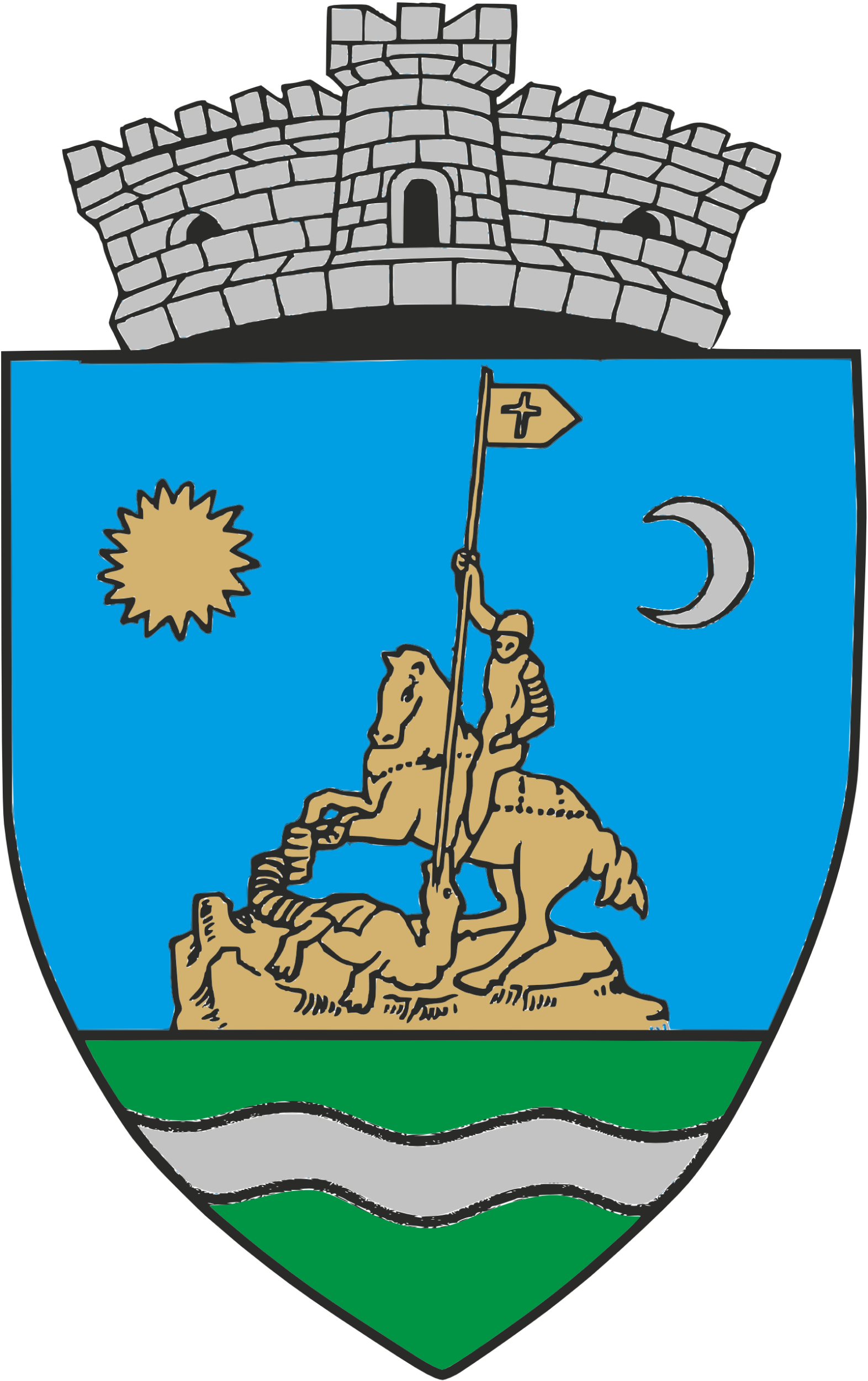Wine Tasting
페이지 정보
작성자 Octavio 작성일 25-02-18 09:57 조회 90 댓글 0본문
Wine Tasting
Why is wine tasting fun?
Wine tasting is a pleasant experience for several causes:
- Exploration of Flavors: Tasting completely different wines permits individuals to discover a broad range of flavors, aromas, and textures, every distinctive to its origin.
- Social Experience: Wine tasting is often a social event that brings individuals collectively, making it a fun method to join with friends or meet new folks.
- Education: Participants study concerning the wine-making process, grape varieties, and regional traits, enhancing their appreciation for the beverage.
- Pairing Opportunities: Tasting wines alongside complementary meals can heighten the flavors and create a more enriching expertise.
- Sensory Engagement: Engaging all senses—sight, smell, style, and even touch—creates a dynamic and memorable expertise.
Ultimately, wine tasting combines enjoyment, learning, and social interplay, making it a fascinating exercise for enthusiasts and novices alike.

Is wine tasting a skill?
Wine tasting is certainly a talent, one that can be developed and refined over time. It goes past simply sipping wine; it involves a deep understanding of assorted aspects such as aromas, flavors, and the overall expertise of wine.
The Components of Wine Tasting Skill
Several key elements contribute to the ability of wine tasting:
- Smell: A significant portion of style comes from aroma. Trained tasters can identify different scents that affect the flavor profile.
- Taste: Beyond just identifying flavors, skilled tasters can discern the steadiness of acidity, sweetness, bitterness, and different style elements.
- Knowledge: Understanding grape varieties, areas, and winemaking methods enhances the tasting experience and permits for extra knowledgeable judgments.
- Experience: Regular tasting helps develop palate recognition, making it easier to establish particular nuances in wines.
Why Practice Matters
Like any ability, the extra one practices wine tasting, the higher they become. Participants in wine tastings study to articulate their thoughts and experiences, which might greatly enhance their analytical skills in evaluating totally different wines.
In conclusion, while anyone can enjoy wine, 유흥 (click here to investigate) mastering the artwork of wine tasting is a ability that requires dedication and apply.
What is the tasting process?
The tasting strategy of wine entails a systematic strategy to gauge its qualities, together with appearance, aroma, style, and end. Here is a breakdown of the method:
1. Look
Begin by analyzing the wine's look:
- Color: Observe the colour, which may give clues about the grape variety and age.
- Clarity: Check for readability and brilliance, indicating the wine’s quality.
- Viscosity: Swirl the wine and notice the tears or legs that kind on the side of the glass.
2. Smell
The aroma is important for identifying the wine’s profile:
- Initial Scent: Take a second to smell the wine before swirling it.
- Aeration: Swirl the wine gently to launch its aromas, then take a deep sniff.
- Aroma Levels: Identify the different notes—fruity, floral, natural, or oaky.
3. Taste
Now it is time to taste the wine:
- First Sip: Take a small sip and let it sit on your palate.
- Structure: Evaluate the balance of acidity, sweetness, and tannins.
- Flavor Profile: Notice the flavors and complexity, identifying particular fruit, spice, or other notes.
4. Finish
Finally, assess the end:
- Length: Determine how lengthy the flavors linger after swallowing.
- Aftertaste: Note whether the aftertaste is nice and what flavors stay.
By following these steps, wine fanatics can respect the varied attributes of each wine, enhancing their overall tasting expertise.
- 이전글 Гайд по джек-потам в веб-казино
- 다음글 Pin-Up Casino: Canlı Dilerlə Oyunlar, Sərfəli Promosiyalar və Sürətli Çıxarışlar ilə əylənin!
댓글목록 0
등록된 댓글이 없습니다.
